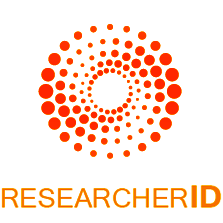A Deep Learning Approach for Detecting and Classifying Inappropriate Content in YouTube Videos
DOI:
https://doi.org/10.71366/ijwosKeywords:
Animated material, BiLSTM, model.
Abstract
This research develops an intelligent system leveraging deep learning methodologies to identify and categorize harmful content within YouTube video content, with particular emphasis on animated materials directed toward young audiences. Our approach employs EfficientNet-B7 architecture for comprehensive visual feature analysis combined with BiLSTM networks enhanced through attention mechanisms for sequential pattern recognition and content classification. Experimental validation conducted on a comprehensive dataset containing 111,156 manually labeled cartoon video segments demonstrates exceptional performance, achieving classification accuracy rates of 95.66%. Our proposed model surpasses conventional moderation approaches while providing real-time processing capabilities and horizontal scalability for production deployment. This solution represents a significant advancement in automated content oversight systems designed to safeguard juvenile users from exposure to potentially harmful digital media. The methodology incorporates multimodal analysis techniques to enhance detection precision across diverse video frame sequences, facilitating effective content surveillance on social media platforms through automated intelligence systems.
Downloads
Published
Issue
Section
License

This work is licensed under a Creative Commons Attribution-NonCommercial 4.0 International License.












